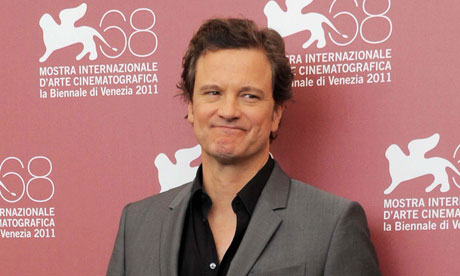Don’t judge a movie by its title. The seemingly uninspiring title packs a lot of story and ideas. Based on a true event and the novel of the same name by John Preston, the dig refers to the historic excavation of an Anglo-Saxon ship and the treasures inside its burial chamber, the medieval grave of possibly a warrior king dating back to 600’s AD. The archaeological event took place at the start of WWII in 1939 on Edith Pretty’s Sutton Hoo property in Suffolk, England. For a historical reference point, just seventeen years earlier, English archaeologist Howard Carter discovered the tomb of Tutankhamun.
Director Simon Stone has chosen to turn a spectacular archeological find into a lyrical, visual narrative that is elegiac and ponderous in tone. His focus isn’t so much on the unearthed treasures but the process of the dig, and the human stories adhere to it. A valuable asset Stone holds in his helm is an excellent cast.
Carey Mulligan plays Edith Pretty, the widow of a Colonel whom she still mourns at his grave while raising their young son Robert (Archie Barnes). As an amateur archeology enthusiast, she has a feeling the mounds on her grounds have something significant buried. Hiring a local excavator, Basil Brown (Ralph Fiennes), she watches her hunch realized.
However, Edith’s deteriorating heart condition is a constant reminder of her own mortality, a tug at her soul, brewing a deep concern for her son Robert after she’s gone. Mulligan acts not just with her facial expressions; her whole body speaks to the fragility of life. While treasures are unearthed, her fears and sentiments are buried deep within.
To interplay with Mulligan’s delicate demeanor, Fiennes delivers an understated performance with the unglamorous character Basil Brown. A country excavator, stooped in posture, quiet yet determined, apparently knowing much more than he shows. It is gratifying to see the two of them interact in a naturalistic way, their expressions equally sensitive and nuanced.
Reading about Carter’s discovery of the tomb of Tuktankamun, Edith is apprehensive about finding human remains in the dig, as that’s like disinterring the dead. Brown answers with his view of the philosophy of the discipline: “… that’s life what’s revealed. And that’s why we dig.” And, as his wife May (Monica Dolan) points out, it’s about continuity for the next generations, so they know where they come from.
The ‘untrained’ Brown––with no academic credentials but learned the skill from his father passed down from his grandfather––has to yield to the authority of the famous archaeologist from the British Museum, Charles Phillips (Ken Stott). Phillips takes over the dig as soon as he arrives on the site with his team of specialists.
Among them are the archaeologist couple Stuart Piggott (Ben Chaplin) and his young wife Peggy (Lily James). Their incompatibility is obvious; Stuart is happier with fellow team member John Brailsford (Eamon Farren) than with his wife. Later, the arrival of Edith’s cousin Rory Lomax (Johnny Flynn, Mr. Knightley of Emma, 2020) further alters the relational dynamics. While at the dig, Rory is called up by the RAF, a worrisome commission as war with Germany breaks out.
There’s interesting play with sound, or the lack of. For some short moments in certain scenes, there’s just silence. All sound and music halt. Most other times, the score is meditative, quiet piano playing. There are often juxtapositions of scenes linked by voice-overs, offering a fresh way of storytelling. This is effective not just to show what’s happening at different places or time, but that the dialogues can be relevant for different people in other situations as well.
Cinematographer Mike Eley captures on screen some exquisite sights of the English open country, wide shots shrouded with a hazy light, sometimes teal, sometimes golden. Terence Davies’s Sunset Song comes to mind, albeit The Dig is a much quieter film.
Young Robert’s fantasy with the cosmos and his imaginary tales cannot be brushed away as just spice to animate the mood. Kudos to Moira Buffini’s screenplay, the film wraps up with mother and son laying close together in the dug-up ship under a starry sky at night, as Robert tells his mother and Brown observing nearby, his woven tale of the ship taking the queen home to the stars to meet the king, leaving everyone behind, a poignant metaphor and a fable-like send off. Mulligan and Barnes are treasures here. That aerial shot is magical.
The Dig begins streaming January 29, 2021 on Netflix. I’ve watched it twice so far, once isn’t enough to capture all that need to be noted to appreciate.
~ ~ ~ ½ Ripples













